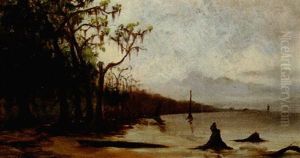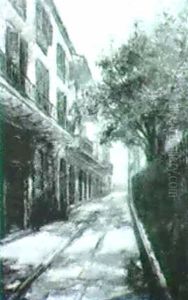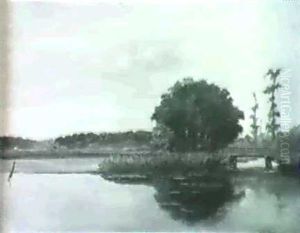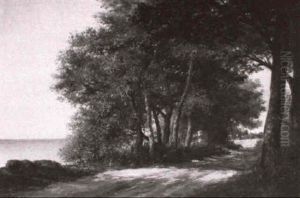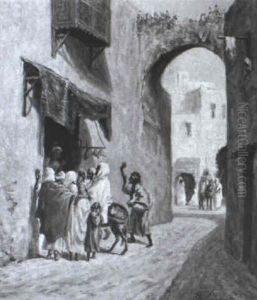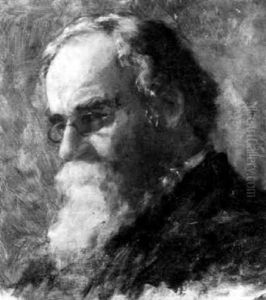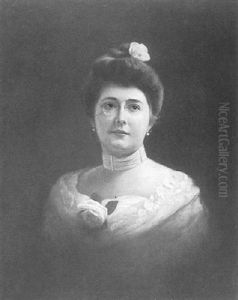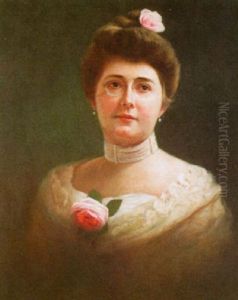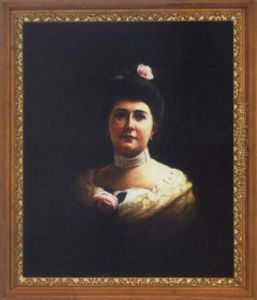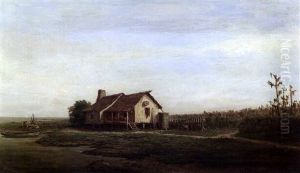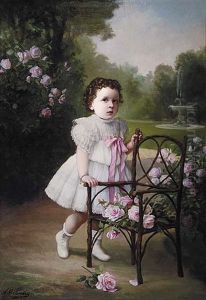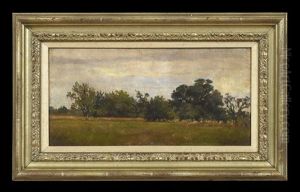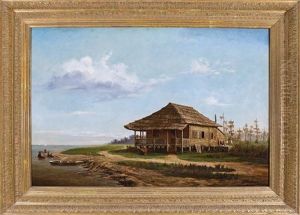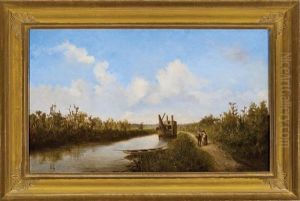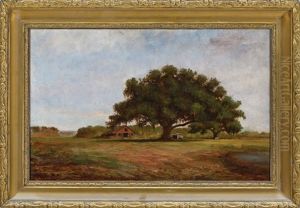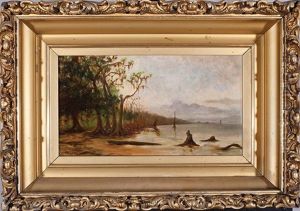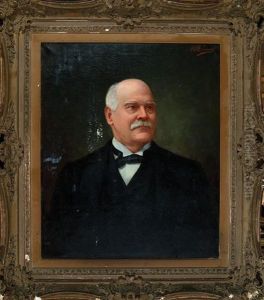Andres Molinary Paintings
Andrés Molinary, born in 1847 in Gibraltar, was a Spanish-American artist known for his contributions to the art scene in New Orleans, Louisiana, where he spent much of his career. Molinary's work was predominantly in the realm of painting, and he is often remembered for his exquisite still lifes, landscapes, and religious-themed compositions. His European training and exposure to various artistic movements significantly influenced his style and technique.
Molinary's early life and education in art took place in Spain, where he studied at the Royal Academy of Fine Arts in San Fernando, Madrid. This classical training provided him with a strong foundation in the techniques of the Old Masters, which he later adapted to his own artistic vision. In his quest for further artistic development, Molinary traveled to Rome, where he continued his studies and absorbed the influence of Italian Renaissance and Baroque art.
In the early 1870s, Molinary immigrated to the United States, eventually settling in New Orleans. The city, known for its vibrant cultural scene and diverse influences, proved to be a fertile ground for Molinary's artistic growth. He quickly became an integral part of the local art community, participating in exhibitions and gaining recognition for his work. Molinary's paintings from this period reflect a blend of his European training with the unique cultural milieu of New Orleans, often incorporating regional subjects and motifs.
Molinary's legacy is closely tied to his contributions to the artistic heritage of New Orleans. He taught art and mentored young artists, helping to foster a thriving art community in the region. His works were collected by prominent local institutions and individuals, ensuring his reputation as a significant figure in the city's cultural history. Molinary continued to create art until his death in 1915, leaving behind a body of work that continues to be appreciated for its craftsmanship and beauty.

